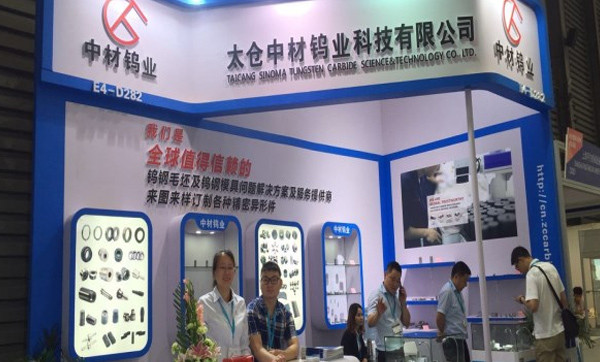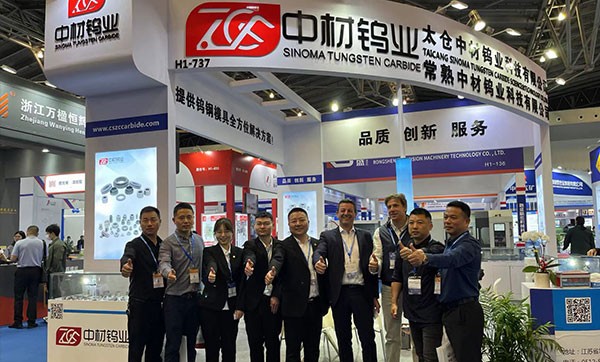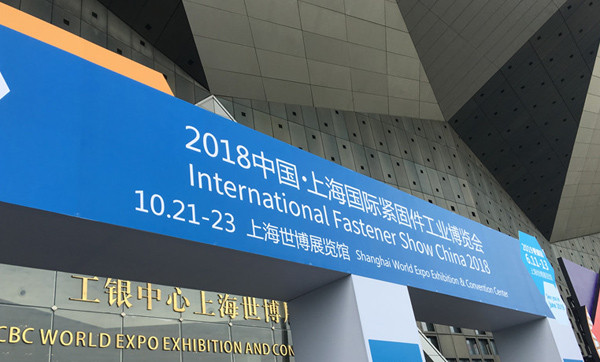Introduction
Tungsten carbide (WC) is a highly durable and wear-resistant material widely used in industrial applications, particularly in molds and dies for manufacturing processes. The performance of tungsten carbide components largely depends on their material composition, including the ratio of tungsten carbide to cobalt (Co) or other binding metals. Traditionally, manufacturers rely on standardized material ratios. However, independently developing and optimizing these ratios can significantly enhance product performance, durability, and cost efficiency.
This article explores the key benefits of independently developing material ratios in tungsten carbide molds and dies, including improved mechanical properties, customization for specific applications, cost savings, and competitive advantages in the market.
1. Enhanced Mechanical Properties Through Customization
1.1 Optimizing Hardness and Toughness
The hardness and toughness of tungsten carbide are primarily determined by the ratio of tungsten carbide grains to the binder metal (usually cobalt). A higher carbide content increases hardness, making the material more resistant to wear but potentially more brittle. Conversely, a higher cobalt content improves toughness, reducing the risk of cracking under impact.
By independently developing material ratios, manufacturers can fine-tune these properties based on specific application requirements. For example:
High-wear applications (e.g., wire drawing dies): A higher WC ratio (e.g., 90-94% WC, 6-10% Co) ensures extended service life.
High-impact applications (e.g., stamping dies): A higher cobalt content (e.g., 12-20% Co) improves fracture resistance.
1.2 Improved Grain Size Control
The grain size of tungsten carbide particles also affects performance. Finer grains enhance hardness, while coarser grains improve toughness. Independent development allows manufacturers to experiment with different sintering techniques and grain growth inhibitors (such as chromium or vanadium carbides) to achieve the optimal microstructure.
2. Customization for Specific Applications
2.1 Tailoring Compositions for Industry Needs
Different industries require tungsten carbide molds and dies with varying characteristics:
Metal forming and extrusion dies: Need high compressive strength and thermal stability.
Mining and drilling tools: Require extreme abrasion resistance.
Precision machining inserts: Demand a balance between wear resistance and edge retention.
By independently developing material ratios, manufacturers can create bespoke solutions rather than relying on generic grades.
2.2 Adapting to Advanced Manufacturing Techniques
Additive manufacturing (3D printing) and advanced sintering methods allow for more precise control over material composition. Independent development enables experimentation with novel binder systems (e.g., nickel-chromium or iron-based binders) to enhance performance in specialized environments, such as high-temperature or corrosive conditions.
3. Cost Efficiency and Material Savings
3.1 Reducing Cobalt Dependency
Cobalt is expensive and subject to price volatility due to geopolitical and supply chain factors. By optimizing the WC-Co ratio, manufacturers can reduce cobalt usage without compromising performance, leading to significant cost savings.
3.2 Minimizing Waste and Improving Yield
Standard material ratios may not always be the most efficient for every application, leading to excess material waste or premature tool failure. Independent development allows for precise adjustments, improving material utilization and reducing scrap rates.
3.3 Extending Tool Lifespan
Customized tungsten carbide compositions can significantly extend the service life of molds and dies, reducing replacement frequency and downtime. This leads to long-term cost benefits for end-users.
4. Competitive Advantage in the Market
4.1 Differentiation Through Innovation
Companies that invest in independent material development can offer superior products compared to competitors using off-the-shelf tungsten carbide grades. This differentiation can justify premium pricing and attract high-value customers.
4.2 Faster Response to Industry Trends
Industries such as aerospace, automotive, and electronics constantly evolve, demanding new material solutions. Independent development allows manufacturers to quickly adapt to emerging trends, such as the need for ultra-fine grain carbides in micro-tooling applications.
4.3 Intellectual Property and Proprietary Formulations
Developing unique tungsten carbide compositions can lead to patentable technologies, providing a long-term competitive edge. Proprietary formulations can become a key selling point, securing customer loyalty.
5. Technological and Process Improvements
5.1 Advanced Sintering Techniques
Independent material development encourages experimentation with sintering processes, such as:
Spark plasma sintering (SPS): Enhances density and mechanical properties.
Hot isostatic pressing (HIP): Reduces porosity and improves uniformity.
5.2 Integration of Additives for Enhanced Performance
Researchers are exploring additives like:
Titanium carbide (TiC) or tantalum carbide (TaC): To improve high-temperature stability.
Nano-sized WC grains: For superior hardness and wear resistance.
Independent development allows manufacturers to test and implement these innovations ahead of competitors.
6. Sustainability and Environmental Benefits
6.1 Reduced Material Waste
Optimized material ratios mean less excess material is used in production, contributing to sustainability goals.
6.2 Longer-Lasting Tools Reduce Carbon Footprint
Since tungsten carbide molds and dies last longer, fewer replacements are needed, reducing the overall environmental impact of manufacturing processes.
Conclusion
Independently developing material ratios in tungsten carbide molds and dies offers numerous advantages, including enhanced mechanical properties, application-specific customization, cost savings, and a stronger market position. By moving beyond standardized compositions, manufacturers can innovate, improve efficiency, and meet the evolving demands of modern industries.
Investing in research and development of tungsten carbide material science is not just a technical improvement—it is a strategic business decision that can drive long-term growth and sustainability in the competitive manufacturing landscape.
We have always insisted on independent research and development of material ratios. This is to provide customers with better quality products and to make our services better.




